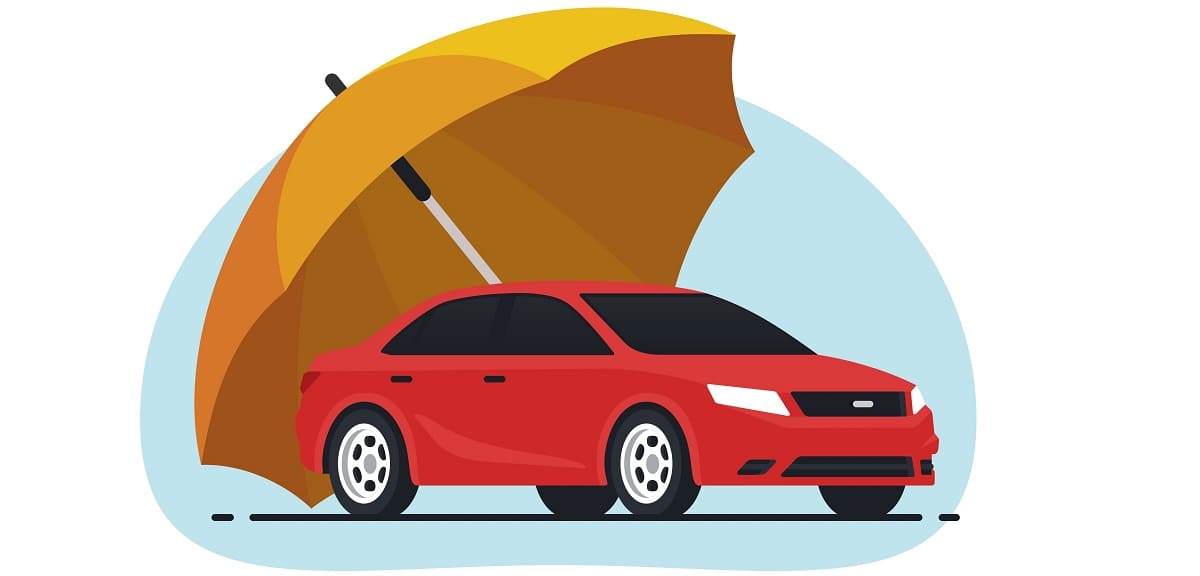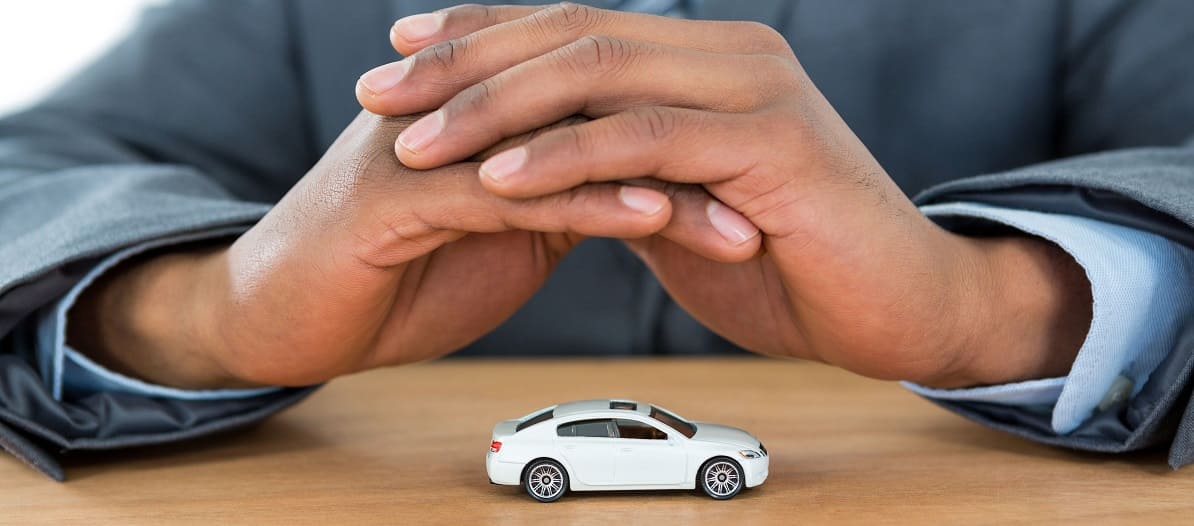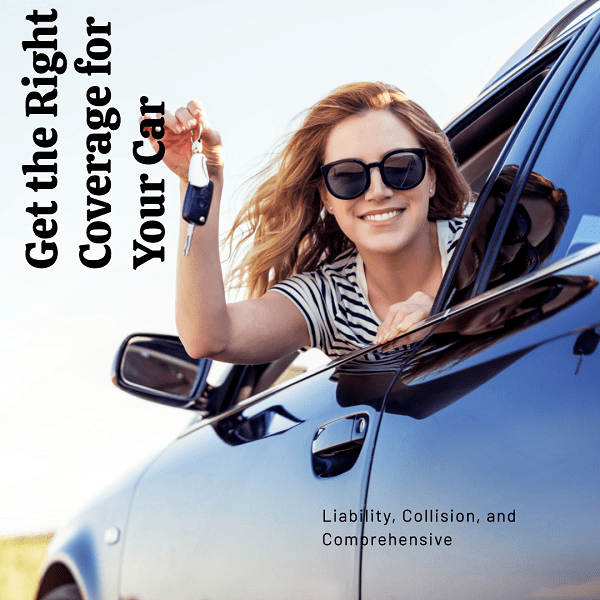In many countries, You must have car insurance Coverage types to drive your vehicle on roads. Generally, Car insurance covers both the car and the driver, but the degree of each varies greatly. This means, that if you have an accident causing damage or injury to any other person, vehicle, animal, or property, your auto insurance covers you. It does not cover any other costs like repair to your vehicle. In most countries, third-party insurance has a legal minimum, named car insurance minimum coverage limits.
Car Insurance Coverage Types in the USA
Choosing the best car insurance coverage in the US depends on your individual needs and circumstances. Here are some key types of coverage to consider:
- Liability Coverage: This is mandatory in most states and covers damages to others if you’re at fault in an accident. It includes bodily injury and property damage liability.
- Collision Coverage: This covers damage to your car from collisions with other vehicles or objects, regardless of fault.
- Comprehensive Coverage: This covers non-collision-related damage to your car, such as theft, vandalism, or natural disasters.
- Personal Injury Protection (PIP): Also known as “no-fault” insurance, PIP covers medical expenses and lost wages for you and your passengers, regardless of fault.
- Uninsured/Underinsured Motorist Coverage: This protects you if you’re involved in an accident with a driver who has little or no insurance.
- Gap Insurance: If you have a loan or lease on your car, gap insurance covers the difference between what you owe and the car’s actual cash value if it’s totaled.
Auto insurance is divided into two basic coverages, liability, and physical damage:

Liability Coverages
Auto liability insurance policies contain three major parts. Firstly liability insurance for bodily injury. Secondly liability insurance for property damage. Finally uninsured/underinsured motorists coverage.
- Bodily injury liability insurance: Bodily injury liability insurance protects you against the claims of other people’s injuries. People who were injured during an accident for which you were at fault. Most states require you to carry a minimum of $25,000 per person for bodily injury and $50,000 for all persons injured in one accident. Also claims for bodily injury may include medical expenses, lost wages, and pain and suffering.
- Property damage liability insurance: Property damage liability insurance pays for any damage you cause to the property of others. This not only includes damages to other vehicles but also other property, such as buildings, walls, fences, and equipment. The minimum limit in most states of the USA is $25,000 for all property damage in one accident.
- Uninsured motorists coverage: Uninsured motorists coverage protects the policyholder directly. This coverage pays if you are injured and/or your property is damaged by a hit-and-run driver or an uninsured driver. Most state law requires you to carry uninsured motorist coverage equal to the minimum amount of liability coverage. There is typically a $200 deductible.
- Underinsured motorists coverage: Underinsured motorists coverage is similar to uninsured motorist coverage. But pays for your injuries or property damage if the at-fault driver does not have enough insurance to cover your damages or medical bills. In most states, auto insurers are required to offer you underinsured motorists coverage, but you are not required to purchase it.

Physical Damage car insurance Coverage types
Auto insurance coverage for physical damage protects the insured vehicle against damage. The most common types are collision coverage and comprehensive coverage. These two coverages are optional to purchase.
- Collision coverage: Collision coverage pays for physical damage to your car as the result of your auto colliding with an object, such as a tree or another car. Sometimes the cost of repairing the car can quickly exceed a threshold of the car’s actual cash value. For example, an accident involving an older car or any vehicle sustaining extensive damage. In this case, insurers will “total” the car and pay you the actual cash value of the car, minus the deductible, rather than repairing it. As indicated by Motor Vehicles Law, this threshold is 75% of the vehicle’s actual cash value.
- Comprehensive coverage: Comprehensive car insurance coverage pays for damage to your auto from most other causes. Including fire, vandalism, flooding, theft, falling objects, and collisions with animals. Comprehensive coverage will also cover broken glass, such as damage to a windshield.
Recommended Car Insurance Coverage
To recommend the best car insurance coverage for you, I’d need to know a bit more about your specific situation. Here are a few questions that can help tailor the recommendation:
- What is the value of your car? If you have a newer or more expensive car, comprehensive and collision coverage might be more important.
- How often do you drive? If you drive frequently or have a long commute, higher coverage limits might be beneficial.
- Do you have any existing health insurance? This can affect whether you need additional medical coverage like Personal Injury Protection (PIP).
- What is your budget for insurance? Balancing coverage needs with affordability is key.
- Which state do you live in? The minimum limits for liability car insurance may vary from state to state.
- Do you have any specific concerns, like living in an area prone to natural disasters or high theft rates? If your answer is yes, you need Comprehensive coverage
- What is the brand of your car? Some car brands may offer insurance discounts. For example if you have Dodge, you can get Dodge car insurance.
The recommended car insurance coverage limits depends on several factors such as your state’s minimum requirements, the value of your vehicle, and how much you can afford. However, a common recommendation is to have at least 100/300/100 in liability coverage which covers bodily injury and property damage to others in an accident.
You may also need other types of coverage to protect yourself and your vehicle such as personal injury protection which pays for your medical expenses regardless of fault, uninsured motorist coverage which covers you if the other driver is uninsured or underinsured, and comprehensive and collision coverage which covers damage to your vehicle from various causes. For more info see the best cheap car insurance in USA and the cheapest car insurance for new drivers.

It’s important to note that the recommended coverage may vary depending on your specific situation. You should consult with an insurance agent or broker to determine the best coverage for you.


Leave a Reply